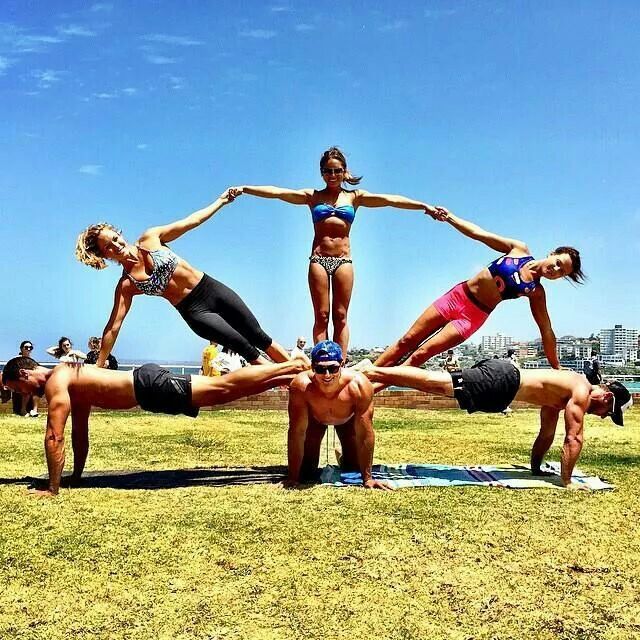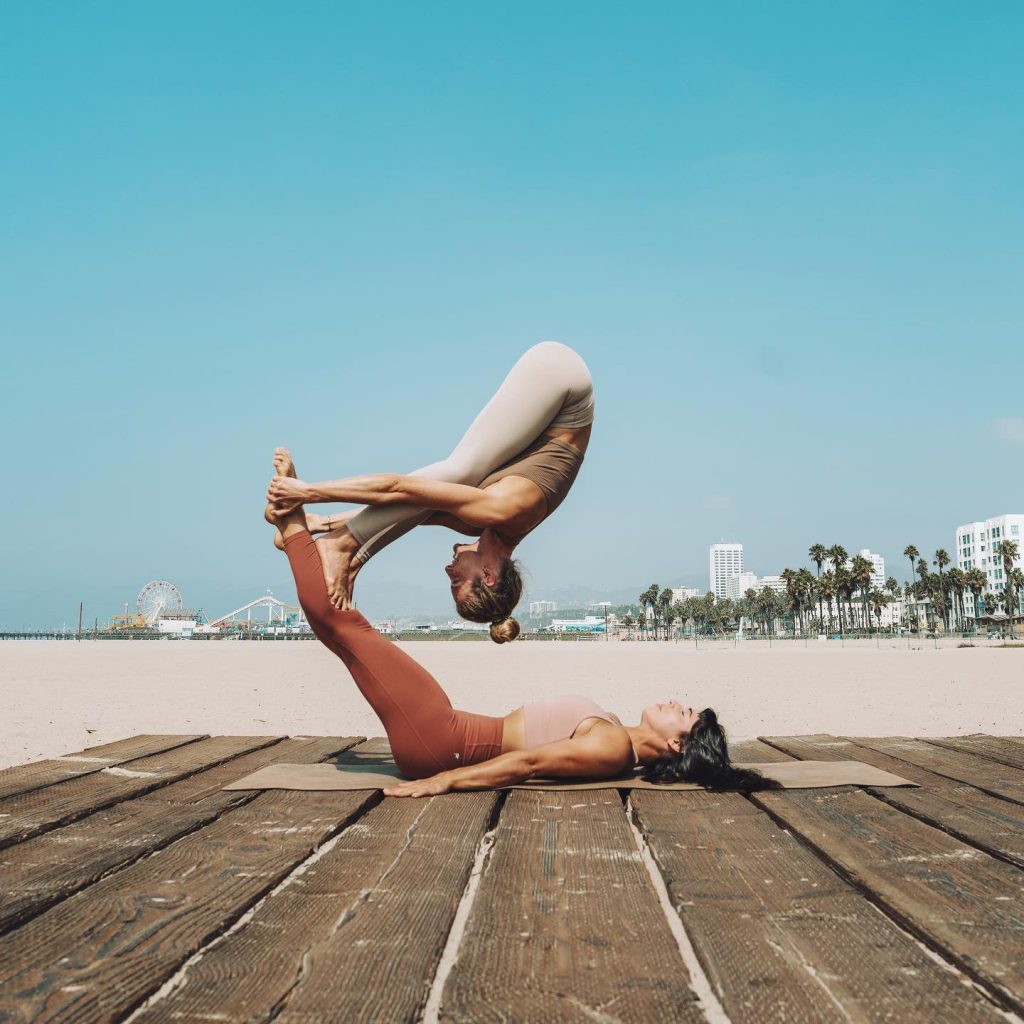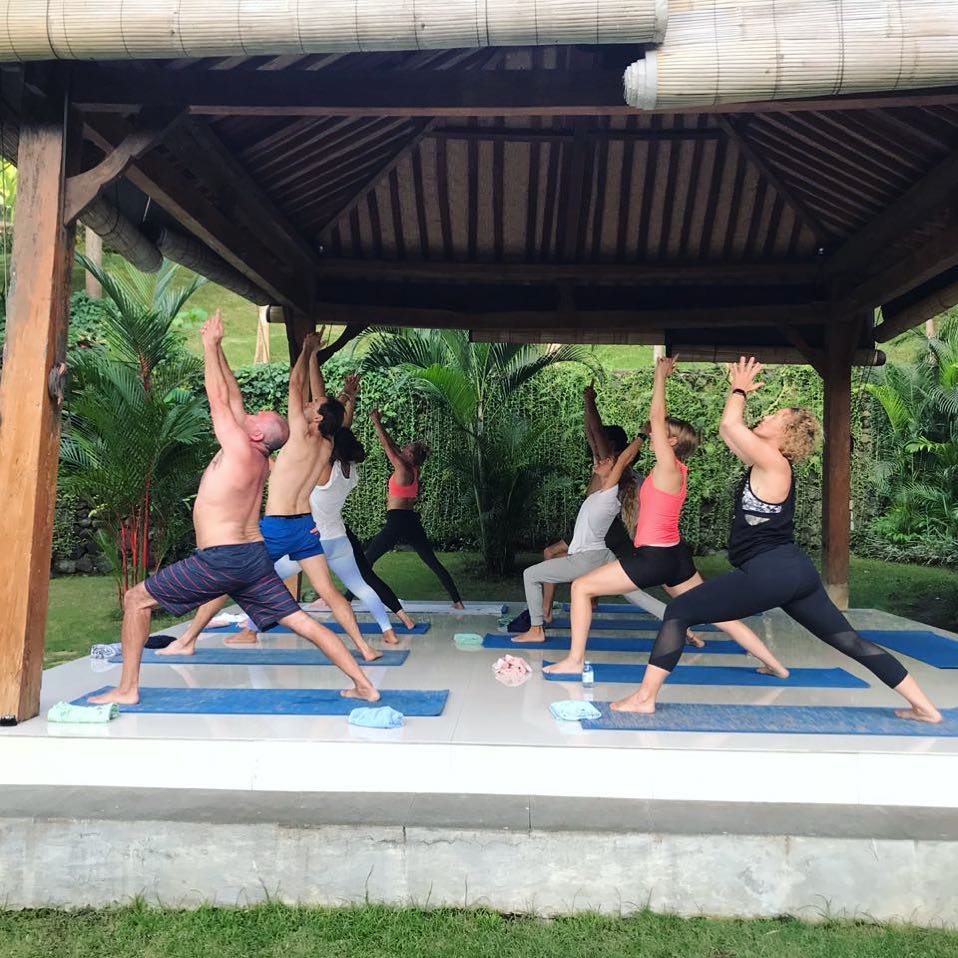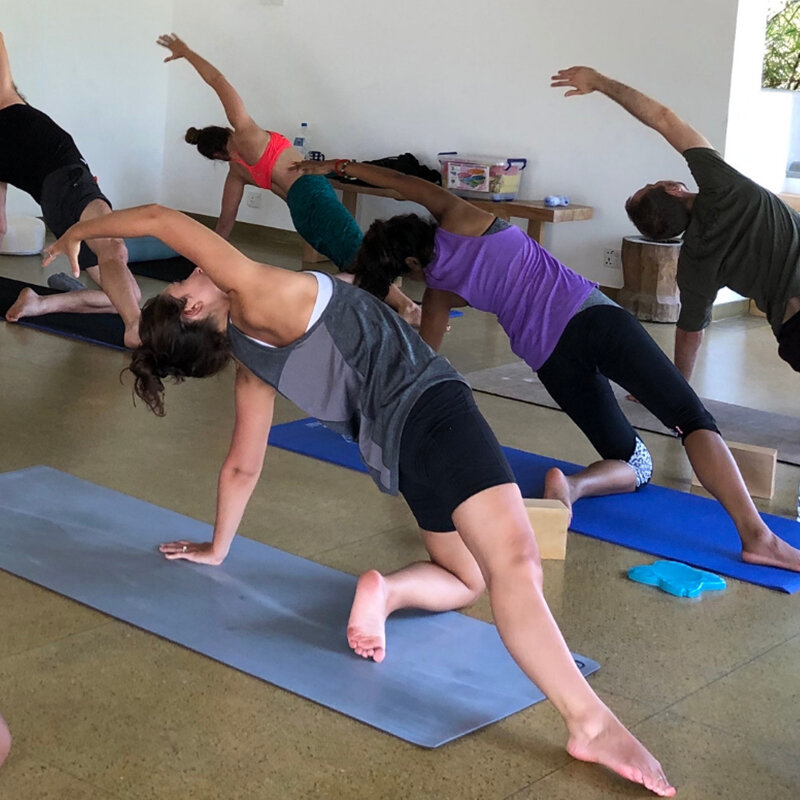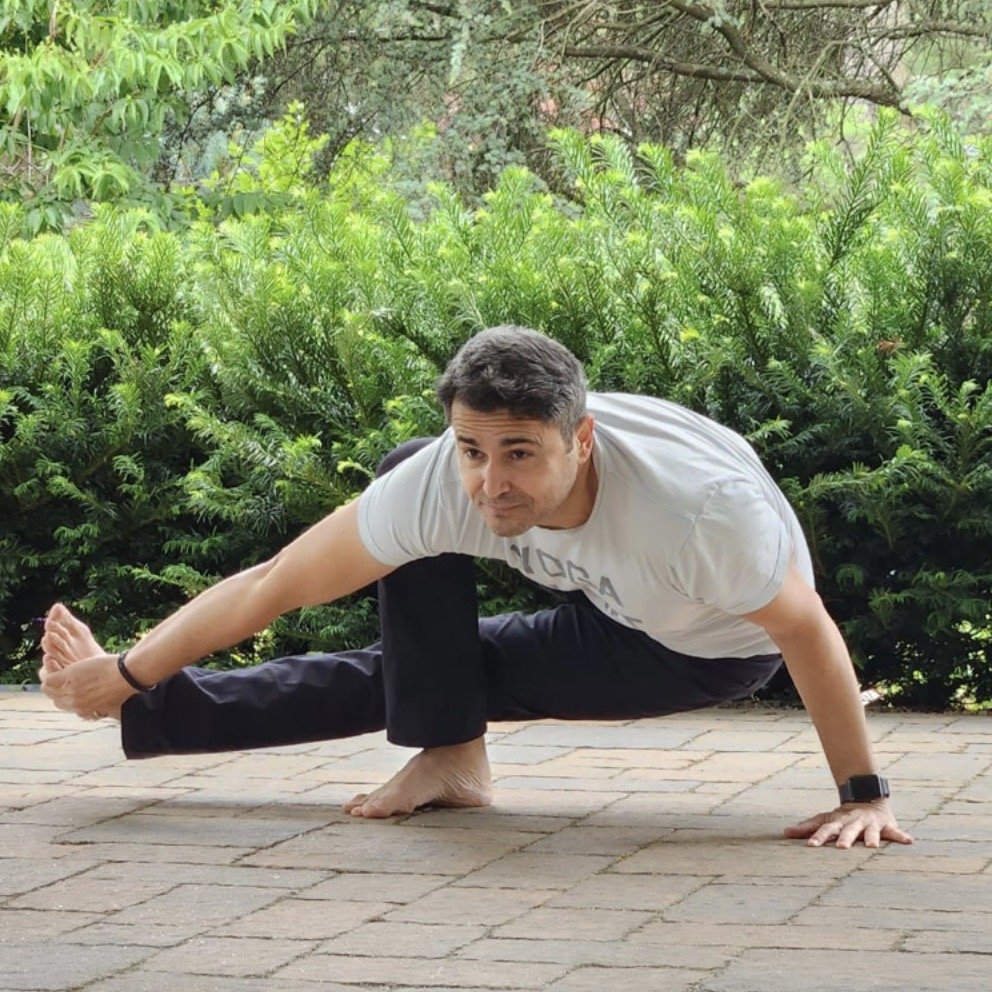Yoga therapy is an emerging field that combines the principles of traditional yoga with modern therapeutic techniques to promote physical, mental, and emotional well-being. This specialized form of therapy can be deeply rewarding, both personally and professionally. Consequently, understanding the steps to become a certified yoga therapist can help you navigate this fulfilling career path. How to become a yoga therapist? Therefore, this comprehensive guide explores the educational requirements, certification processes, and practical steps to becoming a yoga therapist. By delving into these areas, you can set a strong foundation for a successful career in yoga therapy.
Understanding Yoga Therapy
Before embarking on this career path, it is essential to understand what yoga therapy entails. Therefore, exploring the fundamentals of yoga therapy is crucial.
The Difference Between Yoga and Yoga Therapy
While traditional yoga focuses on physical postures, breathing techniques, and meditation, yoga therapy tailors these practices to address specific health conditions and individual needs. Yoga therapists often work with clients dealing with chronic pain, stress, anxiety, and other medical conditions, using a personalized approach to promote healing. This distinction makes yoga therapy a valuable complement to conventional medical treatments. By understanding the differences between yoga and yoga therapy, you can appreciate the unique benefits and applications of each practice. Therefore, recognizing these differences is crucial.
The Scope of Practice
The scope of practice for yoga therapists includes assessment, individualized program design, and therapeutic application of yoga techniques. This can involve working one-on-one with clients or in small groups, often in clinical or wellness settings. Yoga therapists must possess a deep understanding of anatomy, physiology, and psychology to effectively tailor their sessions. Additionally, they must develop strong communication skills to build trust and rapport with clients. By understanding the scope of practice, you can better prepare for the responsibilities and challenges of this profession. Therefore, recognizing the breadth of this role is essential.
Educational Requirements
Proper education forms the foundation for a successful career in yoga therapy. Understanding the educational pathways and requirements ensures you acquire the necessary knowledge and skills. Therefore, exploring educational requirements is crucial.
Basic Yoga Instructor Certification
Before specializing in yoga therapy, you must first become a certified yoga instructor. This typically involves completing a 200-hour teacher training program certified by the Yoga Alliance. These programs cover essential topics such as anatomy, physiology, teaching methodologies, and yoga philosophy. Upon successful completion, you will be a Registered Yoga Teacher (RYT-200), allowing you to teach general yoga classes. This certification serves as a prerequisite for advanced training in yoga therapy. By understanding the importance of basic instructor certification, you can take the first step toward your goal. Therefore, recognizing this requirement is crucial.
Advanced Yoga Therapy Training
After obtaining your basic yoga instructor certification, the next step is to enroll in an advanced yoga therapy training program. These programs are typically 300 to 800 hours and are approved by organizations such as the International Association of Yoga Therapists (IAYT). The curriculum includes in-depth studies of anatomy, physiology, pathology, psychology, and the therapeutic applications of yoga techniques. Additionally, you will gain hands-on experience through supervised practicum sessions, working directly with clients under the guidance of experienced mentors. By understanding the need for advanced training, you can acquire the specialized knowledge and skills required for this profession. Therefore, recognizing the value of comprehensive training is essential.
Certification and Licensing
Certification and licensing are critical steps in establishing your credibility and professionalism as a yoga therapist. Understanding these processes ensures you meet industry standards. Therefore, exploring certification and licensing requirements is crucial.
International Association of Yoga Therapists (IAYT) Certification
The IAYT certification is a widely recognized credential that sets industry standards for yoga therapists. To become certified, you must complete an IAYT-accredited training program and pass an examination that assesses your knowledge and clinical skills. Additionally, you must demonstrate a certain number of hours of practical experience, both during your training and post-graduation. Maintaining this certification requires ongoing professional development and adherence to ethical guidelines. By understanding the importance of IAYT certification, you can ensure you meet the highest standards of practice. Therefore, recognizing this credential’s significance is crucial.
State Licensing and Continuing Education
While state licensing requirements for yoga therapists vary, some states may require additional licensure or registration, particularly if you plan to work in clinical settings. Furthermore, staying current with continuing education is essential for maintaining your certification and enhancing your skills. Many professional organizations offer workshops, webinars, and advanced courses to help you stay updated with the latest research and techniques in yoga therapy. By understanding state licensing and continuing education requirements, you can ensure your practice remains compliant and current. Therefore, recognizing the importance of ongoing education is essential.
Gaining Practical Experience
Practical experience is essential for honing your skills and building confidence as a yoga therapist. Understanding how to gain this experience effectively is crucial. Therefore, exploring ways to gain practical experience is essential.
Internships and Practicums
Internships and practicums provide invaluable hands-on experience, allowing you to apply theoretical knowledge in real-life settings. Many yoga therapy training programs include supervised internships as part of their curriculum, offering opportunities to work with diverse client populations. Seek out internships in clinical settings, wellness centers, or holistic health practices to gain exposure to various health conditions and therapeutic techniques. By understanding the value of internships and practicums, you can develop practical skills and build your professional network. Therefore, recognizing the importance of hands-on experience is crucial.
Volunteer Opportunities
Volunteering is another effective way to gain practical experience and contribute to your community. Many hospitals, rehabilitation centers, and nonprofit organizations welcome the support of yoga therapists. Volunteering allows you to work with clients who may not have access to traditional therapy services, providing meaningful and impactful care. Additionally, volunteer experiences can enhance your resume and demonstrate your commitment to making a difference. By understanding the benefits of volunteering, you can enrich your practical experience and professional development. Therefore, recognizing the value of volunteer work is essential.
Addressing Common Questions About Becoming a Yoga Therapist
Understanding common questions about becoming a yoga therapist provides clarity and addresses potential concerns. Knowledge of these answers ensures better preparation and confidence. Therefore, exploring common questions is essential.
How Long Does It Take to Become a Yoga Therapist?
The time it takes to become a yoga therapist varies depending on the training program and your prior experience. Typically, it can take several years to complete the required education, training, and practical experience. This includes obtaining your initial 200-hour yoga instructor certification, completing an advanced yoga therapy training program, and gaining supervised practical experience. By understanding the timeframe involved, you can set realistic expectations and plan your journey effectively. Therefore, recognizing the commitment required is crucial.
Can I Specialize in a Specific Area of Yoga Therapy?
Yes, many yoga therapists choose to specialize in specific areas, such as chronic pain management, mental health, or rehabilitation. Specializing allows you to focus on a particular client population and develop expertise in addressing their unique needs. Continuing education courses and specialized training programs can help you gain the knowledge and skills needed for your chosen area. By understanding the benefits of specialization, you can enhance your practice and offer targeted services. Therefore, recognizing the value of specialized training is essential.
Conclusion: Embarking on a Fulfilling Career as a Yoga Therapist in 2024
Becoming a yoga therapist is a rewarding journey that combines the principles of traditional yoga with modern therapeutic techniques. Proper preparation, including understanding the distinctions between yoga and yoga therapy, sets the foundation for a successful career.
Educational requirements, from basic yoga instructor certification to advanced yoga therapy training, ensure you acquire the necessary knowledge and skills. Certification and licensing establish your credibility and adherence to industry standards.
Gaining practical experience through internships, practicums, and volunteer opportunities hones your skills and builds confidence. Building a successful practice involves creating a business plan and implementing effective marketing strategies. Addressing common questions and misconceptions ensures clarity and confidence, allowing you to fully embrace your role as a yoga therapist.
By understanding these aspects, you can navigate the pathway to becoming a yoga therapist with confidence and determination. Therefore, whether you are just starting or seeking to advance your expertise, a career in yoga therapy offers a fulfilling and impactful opportunity. Enjoy the journey of learning, growing, and making a difference in the lives of others, knowing you have the knowledge and resources to succeed!



